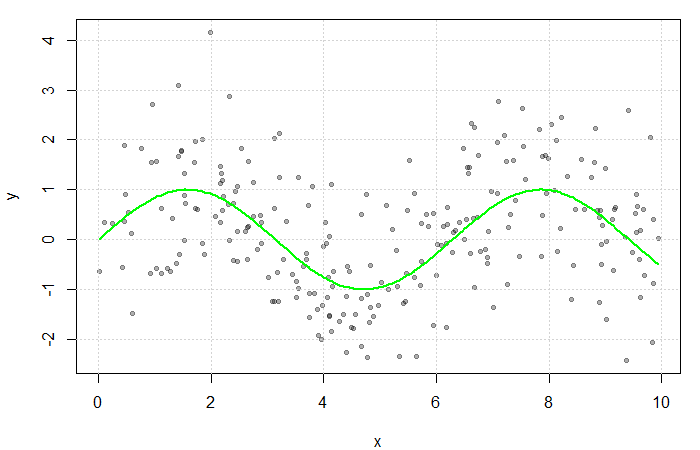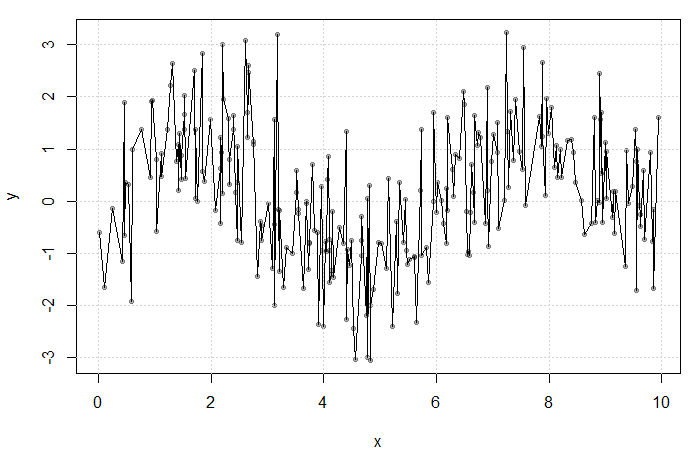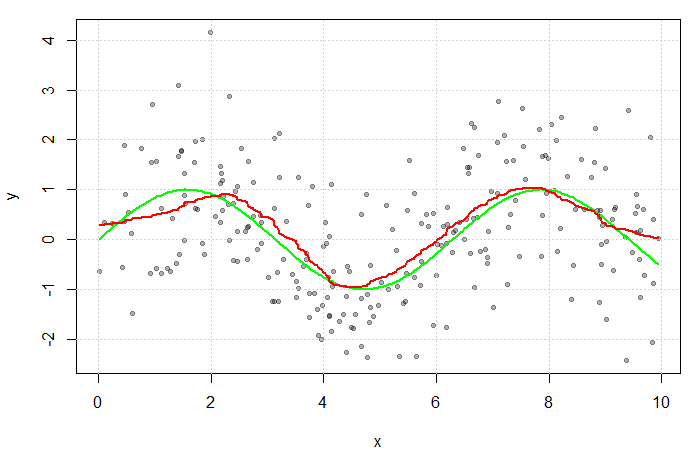My boyfriend recently introduced me to Advent of Code while I was in one of my “learn ALL of the things!” phases. Every year starting December 1st, new programming challenges are posted daily leading up to Christmas. They’re meant to be quick 5-10 minute challenges, so, wanting to test my programming skills, I figured why not try to do all of them in base R!
I went with base R because I know I can dplyr and stringr my way to victory with some of these challenges. I really want to force myself to really go back to basics and confirm that I have the knowledge to do these things on my own without Hadley Wickham‘s (very much appreciated in any other situation) assistance.
Since I’ve started, I’ve also seen a couple of other bloggers attempt to do these challenges in R so I’m really curious how my solutions will compare to theirs.
The first day of the challenge provides you with a string of numbers and asks you to sum all of the digits that match the next digit in a circular list, i.e. the digit after the last digit is the first digit.
My string was…
8231753674683997878179259195565332579493378483264978184143341284379682788518559178822225126625428318115396632681141871952894291898364781898929292614792884883249356728741993224889167928232261325123447569829932951268292953928766755779761837993812528527484487298117739869189415599461746944992651752768158611996715467871381527675219481185217357632445748912726487669881876129192932995282777848496561259839781188719233951619188388532698519298142112853776942545211859134185231768952888462471642851588368445761489225786919778983848113833773768236969923939838755997989537648222217996381757542964844337285428654375499359997792679256881378967852376848812795761118139288152799921176874256377615952758268844139579622754965461884862647423491918913628848748756595463191585555385849335742224855473769411212376446591654846168189278959857681336724221434846946124915271196433144335482787432683848594487648477532498952572515118864475621828118274911298396748213136426357769991314661642612786847135485969889237193822718111269561741563479116832364485724716242176288642371849569664594194674763319687735723517614962575592111286177553435651952853878775431234327919595595658641534765455489561934548474291254387229751472883423413196845162752716925199866591883313638846474321161569892518574346226751366315311145777448781862222126923449311838564685882695889397531413937666673233451216968414288135984394249684886554812761191289485457945866524228415191549168557957633386991931186773843869999284468773866221976873998168818944399661463963658784821796272987155278195355579386768156718813624559264574836134419725187881514665834441359644955768658663278765363789664721736533517774292478192143934318399418188298753351815388561359528533778996296279366394386455544446922653976725113889842749182361253582433319351193862788433113852782596161148992233558144692913791714859516653421917841295749163469751479835492713392861519993791967927773114713888458982796514977717987598165486967786989991998142488631168697963816156374216224386193941566358543266646516247854435356941566492841213424915682394928959116411457967897614457497279472661229548612777155998358618945222326558176486944695689777438164612198225816646583996426313832539918
My first thought was that I would need to separate this string such that each character was the element of an object, either a vector or a list. I kept things simple and started by just copy-pasting the string into R. I could import it as a .txt file or otherwise but I figured that was unnecessary for such a quick problem. I stored the string as a variable named input.
# Split string after each character.
input_split <- strsplit(input, "")
# As a result, input_split is a list with 1 element:
# a vector containing each character of input as an
# element. Annoying. Let's unlist() it to extract
# *just* the vector.
char_vector <- unlist(input_split)
# The problem now is that if we are going to sum
# the elements of our string, we need them to be
# numeric and not characters. Easy enough...
num_vector <- as.numeric(char_vector)
# Now lets just initialize our sum...
num_sum = 0
# And use a loop...
for(i in 1:length(num_vector)){
# If we have the last element of the input string,
# set the next number equal to the first element
# of the string, else select element i + 1.
next_num <- ifelse(i = length(num_vector),
num_vector[1],
num_vector[i + 1])
# If our current element is equal to the next element,
# update the sum.
if(num_vector[i] == next_num){
num_sum = num_sum + num_vector[i]
}
}
num_sum
Our sum is 1390 which is correct, huzzah.
Continue reading Advent of Code 2017 in R: Day 1
![]() ,
, ![]() , the relationship between
, the relationship between ![]() and
and ![]() can be defined generally as
can be defined generally as![]()
![]() and
and ![]() . If we are unsure about the form of
. If we are unsure about the form of ![]() , our objective may be to estimate
, our objective may be to estimate ![]() without making too many assumptions about its shape. In other words, we aim to “let the data speak for itself”.
without making too many assumptions about its shape. In other words, we aim to “let the data speak for itself”.![]() . Here,
. Here, ![]() and
and ![]() . The true function
. The true function ![]() is displayed in green.
is displayed in green.![]() be smooth and continuous. These assumptions are far less restrictive than alternative parametric approaches, thereby increasing the number of potential fits and providing additional flexibility. This makes non-parametric models particularly appealing when prior knowledge about
be smooth and continuous. These assumptions are far less restrictive than alternative parametric approaches, thereby increasing the number of potential fits and providing additional flexibility. This makes non-parametric models particularly appealing when prior knowledge about ![]() ‘s functional form is limited.
‘s functional form is limited.
![]() were observed at each
were observed at each ![]() ,
, ![]() could be estimated by averaging the value of the response at each
could be estimated by averaging the value of the response at each ![]() . However, since
. However, since ![]() is often continuous, it can take on a wide range of values making this quite rare. Instead, a neighbourhood of
is often continuous, it can take on a wide range of values making this quite rare. Instead, a neighbourhood of ![]() is considered.
is considered.
![]() at each
at each ![]() . The fit is extremely rough due to gaps in
. The fit is extremely rough due to gaps in ![]() and low
and low ![]() frequency at each
frequency at each ![]() .
.![]() as
as ![]() for some bandwidth
for some bandwidth ![]() . Then, a simple non-parametric estimate of
. Then, a simple non-parametric estimate of ![]() can be constructed as average of the
can be constructed as average of the ![]() ‘s corresponding to the
‘s corresponding to the ![]() within this neighbourhood. That is,
within this neighbourhood. That is,![]()
![]()
![]() (see my previous blog bost). It is, however, convention to use kernel functions of degree
(see my previous blog bost). It is, however, convention to use kernel functions of degree ![]() (e.g. the Gaussian and Epanechnikov kernels).
(e.g. the Gaussian and Epanechnikov kernels).
![]() with a Gaussian kernel and arbitrarily selected bandwidth of
with a Gaussian kernel and arbitrarily selected bandwidth of ![]() . The green line represents the true function
. The green line represents the true function ![]() .
.